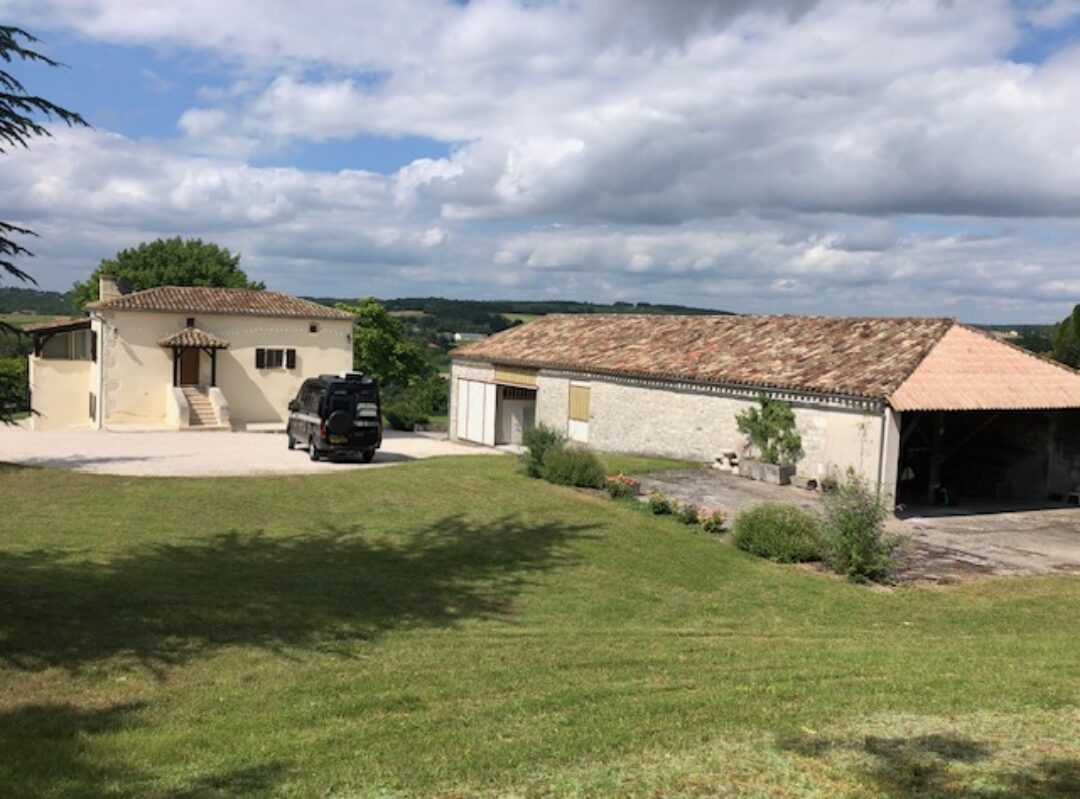Closer to camp we have explored along the river in both directions, on foot and on our bicycles. To the north we cycled to the village of Saint-Germain-de-Confolens which sits in a strategic location at the confluence of the Vienne and Issoire rivers. The small, one-street village is dominated by the impressive ruins of the medieval castle on the hillside behind, overlooking both river valleys. The main industry of the village was the tanneries on the Issoire river and wine production was also important in the 18th and 19th centuries. The castle ruins are in a pretty good state and free to walk around. On the riverbank there is a shady picnic area and on the day we were there a horse riding group was enjoying their catered lunch-time break in true french style, with the horses grazing nearby.


To the south of Confolens we walked to the nearest village of Ansac-sur-Vienne. As we walked we were lucky enough to see two coypu playing at the river’s edge. To get across the river to the village we crossed via an iron bridge built at the end of the 19th century to connect Ansac to the commune on the other side of the river and increase economic activity. Previously the only way to cross the river was upstream at a nearby mill where the crossing, and associated charges one assumes, were controlled by the miller. The village itself is very quiet and in the 1940s had a distillery that used beetroot and Jerusalem artichokes to produce a type of fuel, at a time when there were fuel shortages during the war. There was also a beetroot byproduct used by farmers to feed their cattle, so you can imagine there may have been some very happy cows!


We saw some other villages on the Vienne on a short train trip on the local ‘heritage’ railway that runs from Confolens to Roumazières-Loubert. Confolens station at one time formed the axis of two train lines, one to Angoulême and the other to Roumazières. The towns near Confolens held important livestock and agricultural fairs and the trains were key for transportation of the animals and products. The town of Roumazières is well known for its clay and is the national centre for the production of terracotta roof tiles.
The heritage railway line was taken over by a voluntary association who have spent the last 30 or so years clearing the line, initially for use as a ‘ vélo-rail’ for tourists. Vélo-rail is a type of open railroad car that runs on the train rails and is powered by two of the passengers pedalling. The vélo-rail was immediately successful and the volunteers continued their restoration work with the aim of running a train, which they achieved in 2015. The trains themselves are vintage diesel trains – no steam trains here – and the journey is not particularly scenic but interesting nonetheless and it’s great to see the enthusiastic volunteers who are justifiably proud of what they have achieved.







Oh please tell me you had a go at pedalling!😂😂😂
Unfortunately not Mary! The train took precedence that day so no vélo-rail wasn’t on the schedule xx